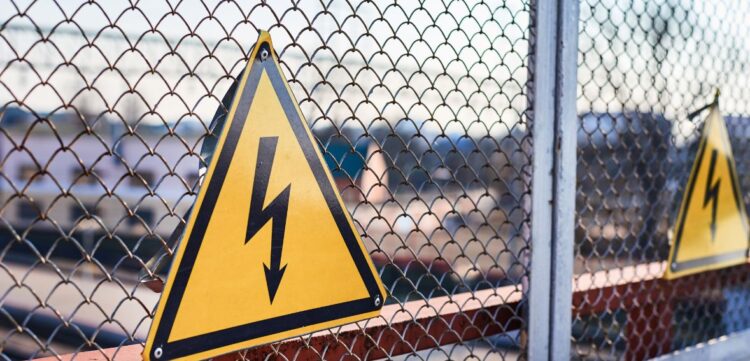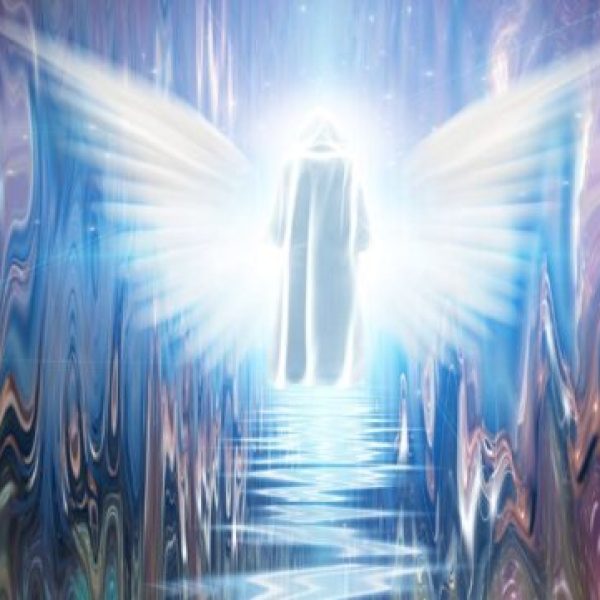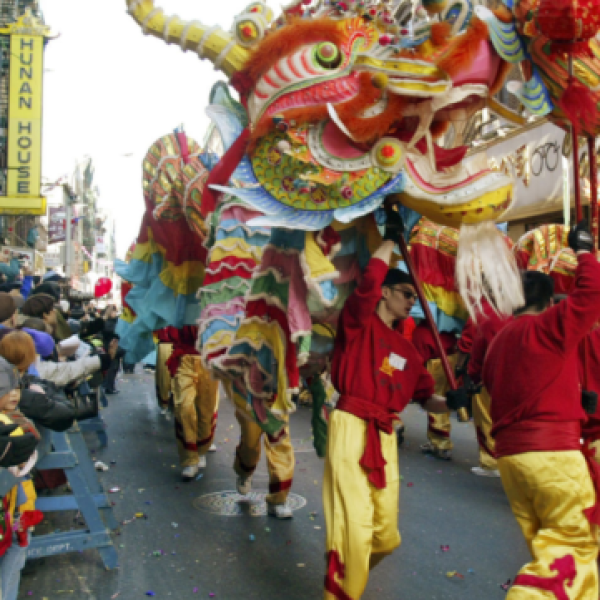Throughout human history, symbols have served as a potent means of transcending linguistic barriers, offering a universal method of communication that is immediate and impactful. In the tumultuous times of World War II, symbols not only wielded significant power but also functioned as tools for spreading ideology and ensuring survival. For example, the swastika, which was originally a benign symbol of good fortune, was co-opted by the Nazi regime to become an emblem of fear and oppression. In stark contrast, the post-war period in Japan saw the emergence of the origami crane as a poignant symbol of peace and hope, reflecting the nation’s desires for recovery and renewal.
As the world progressed beyond the war and faced new global challenges, the role of symbols underwent a pragmatic shift towards promoting safety and precaution. In this modern context, “Hazard Symbols and Meanings” have become critical in contemporary society. These symbols play a pivotal role in ensuring safety across various industries and public spaces worldwide. They guide behavior and enhance safety protocols through universally recognized icons, such as the biohazard symbol in medical settings or the radiation symbol in nuclear facilities. Each symbol is meticulously designed to convey specific information about potential dangers, enabling quick and effective communication that cuts across cultural and language differences.
This article delves into the transformative journey of symbols from their historical origins to their indispensable role in modern safety communication. By examining how symbols have evolved over time—from tools of ideological propagation to essential components of global safety standards—this discussion highlights the enduring power of symbols in shaping human interactions, influencing behavior, and enhancing safety across the globe.
The Origin and Significance of WWII Symbols
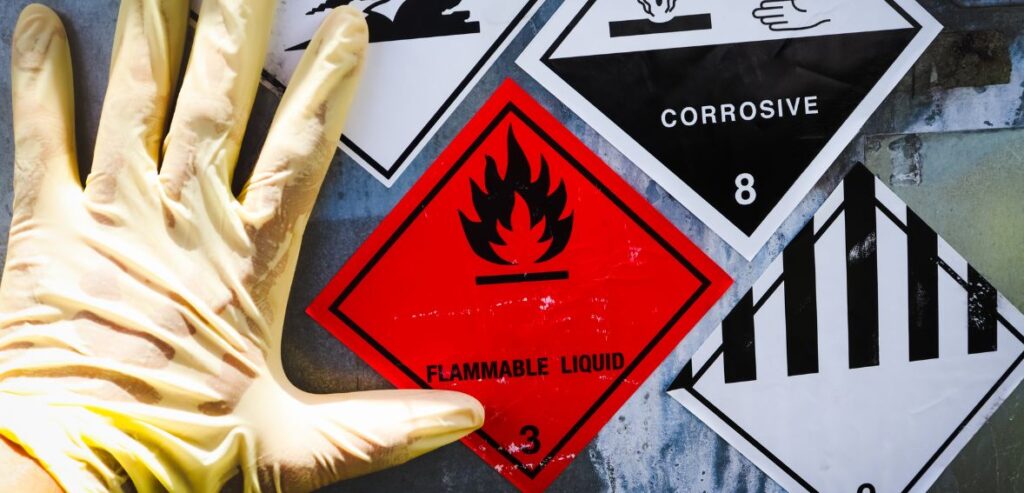
Swastika: The Symbol of Fear
The swastika, originating from the Sanskrit term “svastika,” meaning “conducive to well-being,” has a history that spans over 5,000 years and crosses multiple cultures, including Hinduism, Buddhism, and Jainism. In these contexts, it is considered a sacred symbol, often associated with positivity, divinity, and spiritual prosperity. Its design—a cross with arms of equal length that each turn at a right angle—was traditionally used in religious art, decorations, and ceremonial rites, symbolizing the sun, prosperity, and the cycle of life.
However, the symbolism of the swastika underwent a profound and dark transformation in the early 20th century. Adolf Hitler, in his rise to power, adopted the swastika in 1920 as the emblem for the Nazi Party, modifying its orientation to distinguish it from its historical and cultural origins. This reappropriation was strategic; the Nazis used the swastika to create a new identity that signified Aryan identity and German nationalist pride, distinctly different from its traditional connotations of luck and well-being.
By the 1930s, as Hitler ascended to power and began to implement his genocidal policies across Europe, the swastika became inextricably linked with fear, oppression, and the horrors of the Nazi regime. It was prominently displayed on flags, uniforms, and governmental buildings, becoming a symbol of the regime’s totalitarian reach and its ruthless ambition to enforce racial purity at any cost. The swastika was stamped across Europe and anywhere the Nazi influence extended, instilling terror and becoming a powerful tool for spreading the Nazi ideology.
The dramatic redefinition of the swastika from a symbol of good fortune to one of terror highlights the powerful impact symbols can have when they are repurposed for ideological or political ends. This transformation is analogous to the shifts seen in modern hazard symbols, which are designed to prevent harm and promote safety. Just as the swastika was used to communicate and instill a malignant form of unity and control, contemporary hazard symbols serve as tools to unify people across different languages and cultures towards common goals of safety and precaution.
These symbols, whether warning of biological hazards, radiation risks, or toxic chemicals, are meticulously designed to ensure immediate recognition and response, demonstrating how symbols can wield significant power to influence behavior and convey critical messages effectively.
Yellow Star: The Symbol of Horror
The imposition of the yellow star by the Nazis, which required Jews to wear a badge emblazoned with the word “Jew,” stands as a harrowing symbol of horror during WWII. This six-pointed star served not only to persecute but also to isolate the Jewish community, directly leading to their confinement in ghettos and ultimately to the death camps. The methodical use of this symbol by the Nazis highlights the cruel efficiency of their racial laws and the devastating effects of symbols used for malevolent purposes, echoing the critical role of contemporary Hazard Symbols and Meanings in safeguarding vulnerable populations.
Red Circle: The Symbol of Death
In the Pacific Theater, the red circle, emblematic of the sun from the Japanese national flag, became a symbol of death, prominently featured on the white headbands of Kamikaze pilots. These young pilots, often teenagers, embarked on suicide missions against Allied ships, embodying a fatalistic bravery through their sacrificial acts. The red circle marked their commitment to their country at the cost of their lives, reflecting extreme measures in warfare and the deep cultural significance imbued in national symbols.
V for Victory
The ‘V’ sign, famously associated with British Prime Minister Winston Churchill, symbolized victory and became a potent morale booster during the war. This simple hand gesture, adopted by Allied forces and civilians, embodied the spirit of defiance and the collective resolve to achieve victory over the Axis powers. It served as a rallying cry, inspiring hope and solidarity in the face of adversity, much like how symbols are used today to unite and inspire action.
Origami Crane: The Symbol of Hope
The origami crane, a simple yet profound symbol of peace and hope, gained significant prominence following the devastation of World War II, particularly in Japan. This paper crane became deeply associated with the poignant story of Sadako Sasaki, a young girl who developed leukemia from the radiation effects of the atomic bombing in Hiroshima. According to Japanese legend, folding a thousand origami cranes would grant the folder a wish. Clinging to this tradition, Sadako began an endeavor to fold one thousand cranes, hoping for her own recovery and ultimately, for world peace.
Despite passing away at the young age of twelve, Sadako folded over 1,000 cranes, and her story resonated deeply, transforming the origami crane into a global symbol. Her classmates and community continued to spread her message, leading to the adoption of the crane as a symbol of the innocent lives affected by nuclear warfare and as a broader appeal for peace and disarmament worldwide.
Today, the origami crane transcends Japanese culture, symbolizing universal aspirations for peace and a nuclear-free world. It is commonly seen at memorials, in peace marches, and at schools around the globe, often linked to educational projects about peace and reconciliation. This transformation from a simple paper creation into a powerful emblem of global hope illustrates the profound ability of symbols to bridge cultural divides, communicate deep human values, and rally collective aspirations. This mirrors the way modern Hazard Symbols function—transcending language and cultural barriers to convey vital messages about safety and precaution in a universally comprehensible visual language.
Transition to Modern Hazard Symbols
The transition to modern hazard symbols after World War II marked a significant shift in the use of symbolic communication. Initially, symbols during the war were predominantly used to represent ideologies, allegiances, and military units. However, the post-war period brought a new understanding of the importance of safety and the need for clear communication in preventing accidents and ensuring orderly conduct in both civilian and industrial environments.
This change was driven by the realization that with the increasing complexity of modern technologies and chemicals, there was a critical need to communicate dangers and safety procedures universally, transcending language barriers. The aftermath of the war had exposed the catastrophic consequences of misunderstandings and miscommunications, particularly in high-risk situations involving hazardous materials.
As a result, experts and international organizations began to collaborate on the development of standardized hazard symbols. These symbols were designed to be simple, easily recognizable, and capable of conveying important information at a glance. They utilized stark contrasts, simple shapes, and distinctive colors to alert users to different types of hazards—be it chemical, biological, radiological, or physical dangers.
The evolution of these symbols was systematic and research-driven. Studies were conducted on perception, recognizability, and effectiveness in various conditions, such as low light or extreme weather, ensuring that the symbols could be understood universally, regardless of the observer’s language, culture, or literacy levels. This meticulous approach helped in creating a set of symbols that could effectively contribute to safety and prevent accidents globally, illustrating a profound shift from the ideological symbol use of wartime to the pragmatic use of symbols in promoting safety and prevention in the post-war world.
Modern Hazard Symbols and Meanings
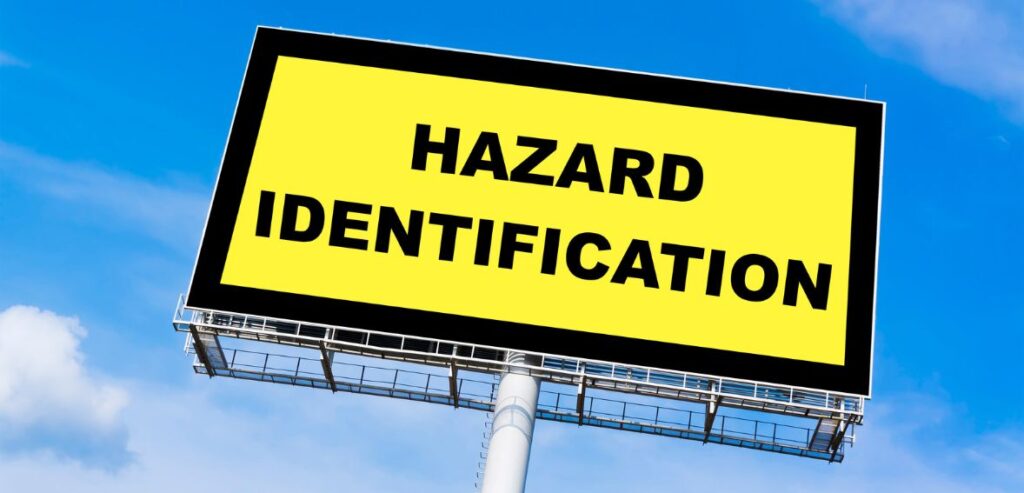
Hazard symbols are essential tools for ensuring safety in both workplaces and public areas, representing a wide array of potential dangers through visually impactful icons. Among the most recognized are biohazard signs, which signal the presence of or risk related to harmful biological substances. These symbols are crucial in laboratories, hospitals, and anywhere biological materials could pose a health threat.
Another critical category includes radiation symbols, designed to alert individuals to potential radiation exposure. These signs are especially important in medical settings, nuclear plants, and research facilities where radioactive materials are present.
Chemical hazards are also prominently indicated through universally understood symbols. For example, the skull and crossbones icon denotes poison, warning of substances that can cause serious harm or death if ingested, inhaled, or sometimes even touched. Additionally, the flame over circle symbol is used to indicate oxidizers; these are chemicals that can cause or enhance the combustion of other materials, thereby posing significant fire and explosion risks.
Each symbol is designed to be immediately recognizable, facilitating quick understanding and prompting appropriate safety measures. This system of communication is integral to maintaining safety standards, preventing accidents, and ensuring that those in potentially hazardous environments are adequately informed of the risks.
The Impact of Hazard Symbols on Safety and Communication
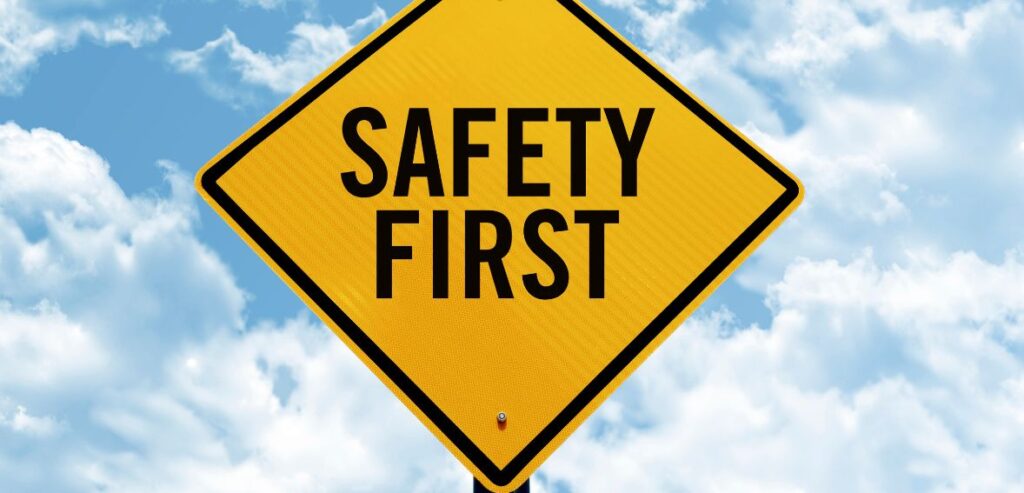
The implementation of modern hazard symbols has profoundly impacted global safety standards, significantly elevating them across various settings. These symbols, exemplified by the universally recognized biohazard icon, are pivotal in critical environments such as laboratories and medical facilities. Here, they function as essential indicators of biological risks, ensuring that such hazards are both comprehended and managed with utmost efficiency. The role of these symbols transcends simple preventive measures; they also serve as vital educational tools.
By consistently displaying these symbols in strategic locations, both the public and workplace personnel are continuously informed about the potential dangers lurking in their environments. This consistent exposure to hazard symbols fosters a heightened state of awareness among individuals, cultivating a culture deeply rooted in safety. This cultural shift is instrumental in reducing the likelihood of accidents and significantly bolsters overall safety protocols, ensuring that environments are not only safer but also conducive to more informed and cautious behavior.
Conclusion: Symbols of Past and Present
From historical emblems like the swastikas of Nazi Germany to contemporary icons such as biohazard signs, symbols have consistently played a pivotal role in influencing human behavior and enhancing safety. The evolution of hazard symbols from the era of World War II to today exemplifies a significant transformation. This shift has moved from symbols that were once used to sow division and instill fear, to those now designed to offer protection and caution. Such a transition underscores a global commitment to learn from historical missteps and to actively protect future generations.
This ongoing development in the design and use of hazard symbols reflects our collective dedication to improving safety standards and communication methods worldwide. Through this, “Hazard Symbols and Meanings” continue to be a fundamental aspect of global safety infrastructure, ensuring that the lessons of the past are not only remembered but also instrumental in forging a safer future.
Frequently Asked Questions:
What caused the transition from WWII symbols to modern hazard symbols?
The transition from World War II symbols to modern hazard symbols was primarily driven by the need for clear and universal communication of safety in a rapidly industrializing world post-war. During WWII, symbols were often used for ideological representation and military communication. However, with the increase in technological advancements and the introduction of new chemicals and materials, there was a critical need to prevent accidents and ensure safety across different industries and national boundaries. This led to the development of standardized hazard symbols that could be recognized globally, irrespective of language or cultural background.
How are modern hazard symbols designed to ensure they are universally understood?
Modern hazard symbols are designed using principles of visual clarity and universal recognizability. These symbols typically use stark contrasts, simple and bold shapes, and specific colors to convey specific warnings. The designs are tested for recognizability and effectiveness under various conditions, such as low light or extreme weather. This research-driven approach ensures that the symbols can be understood universally by people of different languages, cultures, and literacy levels, facilitating immediate recognition and appropriate response to potential dangers.
Can you explain the significance of some specific modern hazard symbols?
Yes, here are a few examples:
Biohazard Symbol: Indicates the presence of or potential exposure to harmful biological substances. It’s crucial in environments like laboratories and hospitals.
Radiation Symbol: Alerts individuals to the potential for radiation exposure, critical in settings such as nuclear facilities and medical environments where radioactive materials are used.
Skull and Crossbones: A classic symbol for poison, warning that substances could cause serious harm or death if ingested, inhaled, or contacted.
Flame Over Circle: Represents oxidizers, chemicals that can enhance the combustion of other materials, posing risks of fire and explosions.
What impact have modern hazard symbols had on global safety standards?
Modern hazard symbols have significantly improved global safety standards by providing clear, immediate warnings of various dangers. These symbols are pivotal in critical environments such as chemical plants, medical facilities, and laboratories, where understanding and managing risks efficiently is crucial. They not only help in preventing accidents by alerting to hazards but also educate and foster a culture of safety. Regular exposure to these symbols enhances awareness and promotes safer behaviors, which is vital in reducing accidents and improving overall safety protocols in both public and workplace settings.


